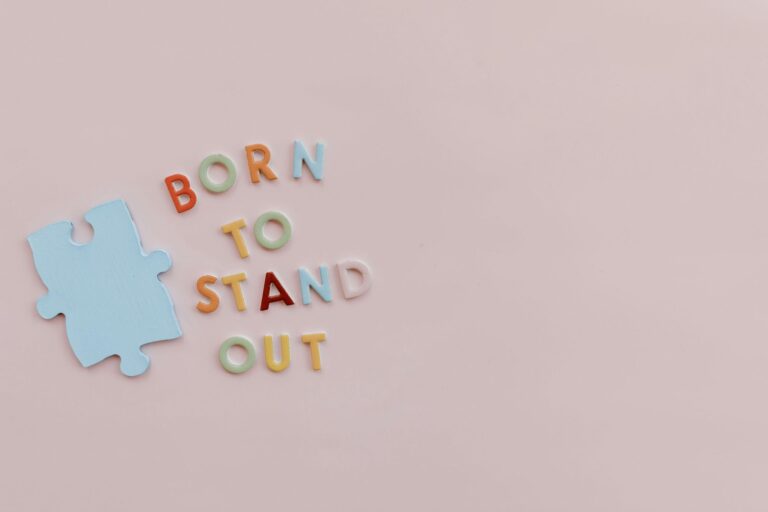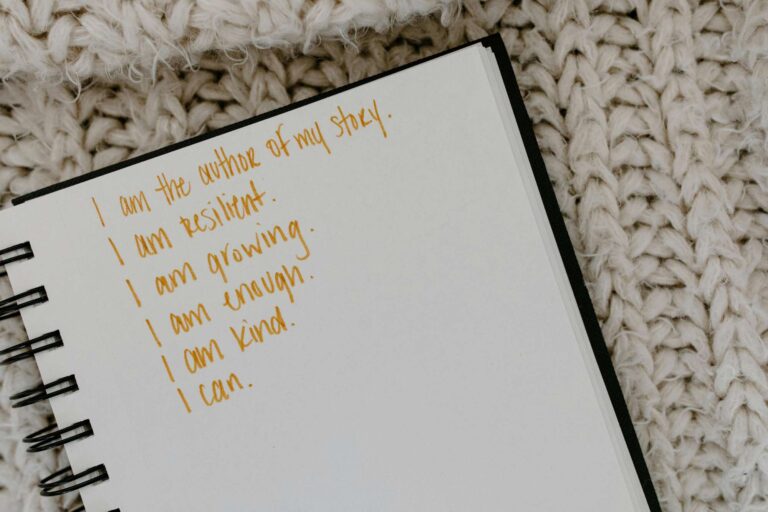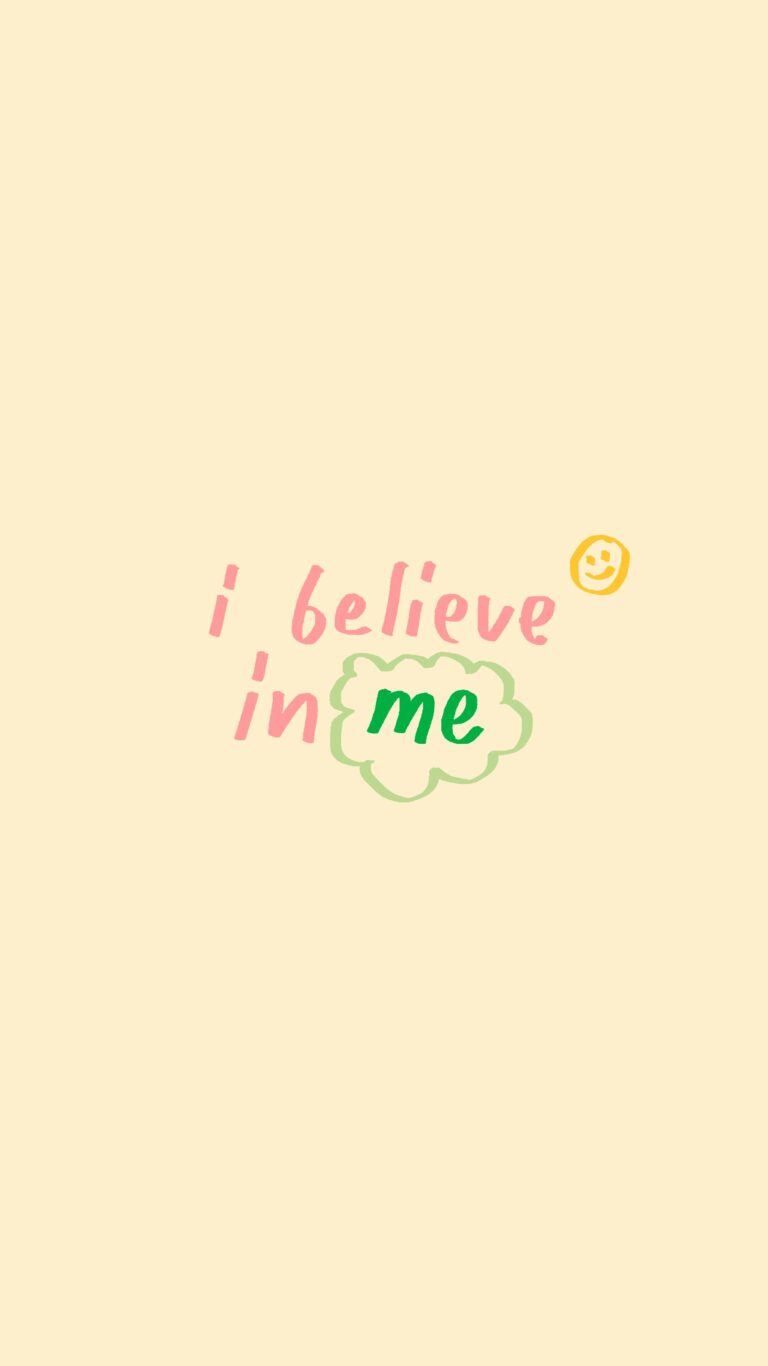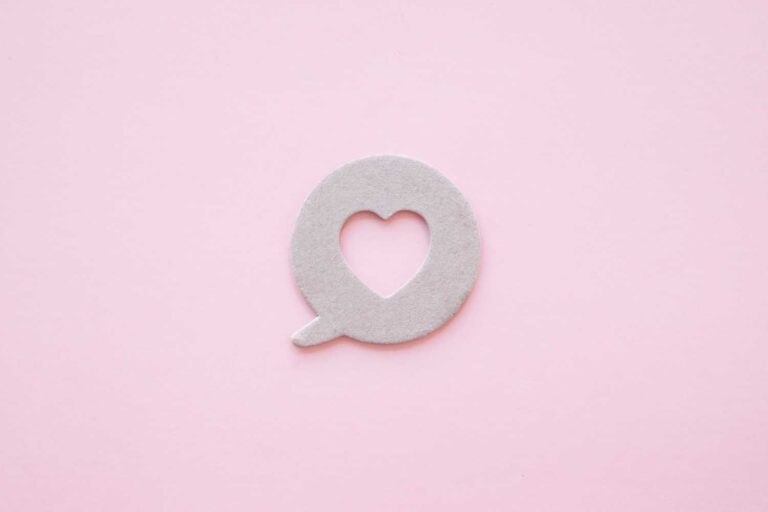Identity after trauma: Who are you without your pain story?
It’s amazing how much of who we think we are gets wrapped up in our pain, isn’t it? The heartbreak that changed you. The rejection that made you cautious. The childhood experiences that shaped your beliefs about yourself. Over time, these stories don’t just become memories – they become your identity.
- “I’m the person who was betrayed.”
- “I’m the one who never gets it right.”
- “I’m someone who’s been through too much.”
I remember the moment I realized how much my own pain story had become my identity. For years, I’d introduced myself through the lens of my struggles and wounds. It was my explanation, my shield, and honestly, my way of connecting with others.
Maybe you’ve experienced something similar. Perhaps there’s a story about your pain that’s become so familiar, you don’t even question it anymore. It’s just…you.
These pain stories can feel like protection. They explain why things happen to us. They give us a reason for our fears and hesitations. They even connect us to others through shared struggle. But at some point, you might start wondering: is this pain story actually serving me anymore? Or is it keeping me stuck in a version of myself that’s ready to evolve?
The truth is, your pain doesn’t have to define you forever. You are so much more than what happened to you. And releasing your pain story doesn’t mean erasing your past – it means making space for a newer, truer version of yourself to emerge.
Why we hold on to our pain stories
Have you ever wondered why some painful experiences stay with us for so long? Why we keep telling ourselves and others the same stories of hurt, disappointment, or trauma?
Pain stories serve a purpose – at least initially. They help us make sense of confusing or hurtful experiences. They give us a way to process what happened and why. They can even warn us of potential danger, keeping us “safe” from similar situations in the future.
But over time, these stories can become more than just explanations. They can become the lens through which we see everything – ourselves, others, and the world around us. They can transform from something that happened to us into something that defines us.

Here’s why we often hold onto these stories:
They explain our struggles. If I tell myself “I’m like this because of what happened to me,” it helps me understand why certain things are difficult. It gives my pain a reason, and humans need reasons.
They keep us safe. Pain stories often contain warnings: “Don’t trust too easily,” “Don’t get your hopes up,” “Stay small and you won’t get hurt.” These warnings feel protective, even when they’re actually limiting us.
They connect us to others. Sharing your pain story can create instant bonds. It gives you membership in the “me too” club – people who understand because they’ve been there.
They become familiar and comfortable. Even painful identities can feel safer than the unknown. You know how to be the heartbroken one, the struggling one, the one who was wronged. But who would you be without that story?
Signs your pain story has become your identity
Sometimes we don’t even realize how much our pain based identity has become intertwined with our sense of self. Here are some signs that a past hurt has become more than just a memory – it’s become part of who you think you are:
- You introduce yourself with your pain story (“As someone who’s been through divorce…”).
- You find it hard to imagine your life without this narrative.
- Your pain story comes up in conversations, even when not directly relevant.
- You feel almost protective of this story, like it’s special or important.
- You notice yourself repeating patterns related to this story.
- You feel anxious or empty when you consider releasing this narrative.
- You feel a strange sense of loyalty to your suffering.
Reflection questions:
- What pain story do you tell most often, either to yourself or others?
- How has this story shaped the way you see yourself and the choices you make?
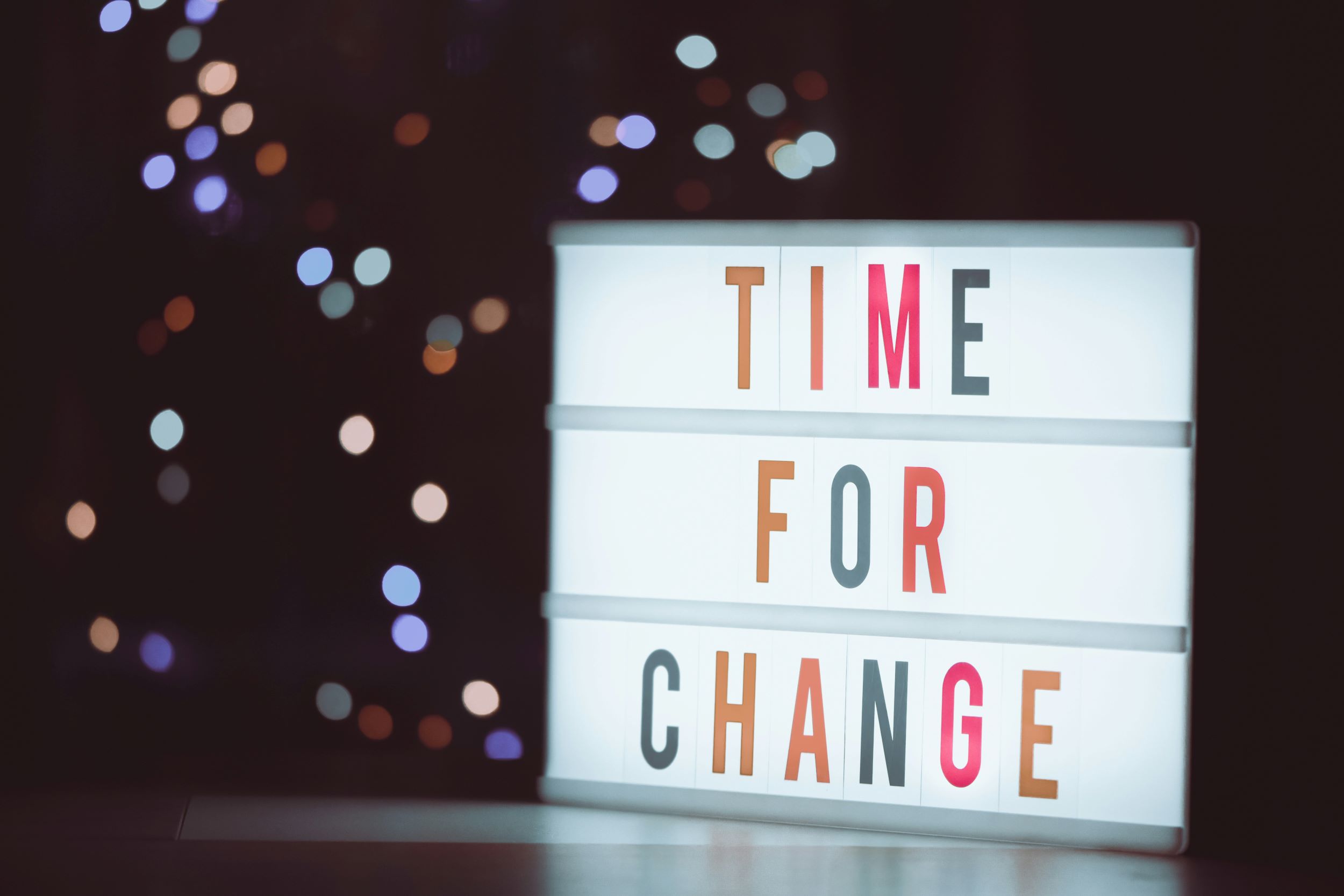
The fear of letting go: Who am I without this?
One of the scariest parts of releasing your pain story is the identity vacuum it can create. If you’ve spent years or even decades seeing yourself as “the person who survived something” or “someone who struggles with something else” the thought of letting that go can feel terrifying.
When your pain has been your companion for so long, releasing it can feel like losing a part of yourself. You might wonder:
- Who am I without this story?
- What will fill the space this pain has occupied?
- How will people understand me if I’m not defined by this anymore?
- What if I forget the lessons this pain taught me?
- If I’m not the wounded one, who am I?
These fears are completely normal. Identity shifts can feel disorienting, even when they’re positive changes. It’s like renovating your house – there’s that middle phase where everything’s torn apart, and you can’t quite see how it will come together yet. But that doesn’t mean you should keep living with a broken foundation.
Learning to treat yourself with compassion during this vulnerable process makes the transition feel safer and more supported.
The hidden benefits of pain stories
One of the reasons releasing pain-based identity feels so threatening is that we rarely acknowledge the benefits we get from these stories. Yes, benefits. Our minds don’t hold onto patterns that offer us nothing.
When you look closely, you might notice your pain story provides:
A sense of significance. There’s a part of us that equates pain with importance. “My suffering means my story matters.” Letting go can trigger the fear that without this pain, your life somehow means less.
Protection from vulnerability. When you lead with your wounds, you control what others see. It’s a way of saying, “This is already what’s wrong with me,” so no one can discover anything worse.
Avoidance of responsibility. Sometimes, pain stories keep us from taking risks or making changes. “I can’t because of what happened to me” becomes the perfect reason to stay comfortable, even in discomfort.
Belonging in pain communities. We form powerful bonds with others who share similar wounds. Healing sometimes means outgrowing certain connections, which can feel like betrayal.
Recognizing these hidden benefits doesn’t mean your pain isn’t real. It means you’re being honest about the complex relationship we develop with our suffering. Only by acknowledging what your pain story gives you can you consciously choose something better.

Exercise: The identity gap
Take a piece of paper and draw a line down the middle.
- On the left side, write aspects of your identity that are tied to past pain (“The person who never feels good enough,” “Someone who was abandoned”).
- On the right side, write emerging aspects of yourself that aren’t defined by pain (“A person who enjoys creating,” “Someone capable of deep connection”).
Notice the contrast. This exercise helps you see that letting go of pain-based identity doesn’t leave you with nothing – it makes room for other parts of you to grow.
Releasing without erasing: Honoring your journey
Letting go of a pain story doesn’t mean pretending the hurt never happened. It doesn’t mean erasing parts of your history or dismissing genuine trauma. You can acknowledge what you’ve been through without letting it define your future.
Think of your pain story like a key that once opened an important door. Letting go doesn’t mean forgetting – it means changing your relationship with what happened. You needed that key at one point in your journey. It got you through something crucial.
But now you’ve walked through that door, and you’re in a different room entirely. You can honor that key, even keep it as a memento, without feeling the need to carry it in your hand at all times or try to use it on every new door you encounter.
Ways to honor your journey while releasing its power:
- Acknowledge the growth: What strengths or wisdom did you gain through this experience? How did it shape your compassion or resilience?
- Extract the lessons: What did this experience teach you that you want to keep, even as you release the pain?
- Create a ceremony: Sometimes a physical ritual can help mark the transition. Write your pain story on paper and then bury it, burn it, or release it in water – symbolizing that you’re keeping the wisdom but releasing the wound.
- Practice gratitude: This might sound impossible at first, but finding something to be grateful for, even in painful experiences, can transform how you relate to them.
Reflection: Write a letter to your pain, acknowledging what it taught you and explaining why you’re ready to release it now.
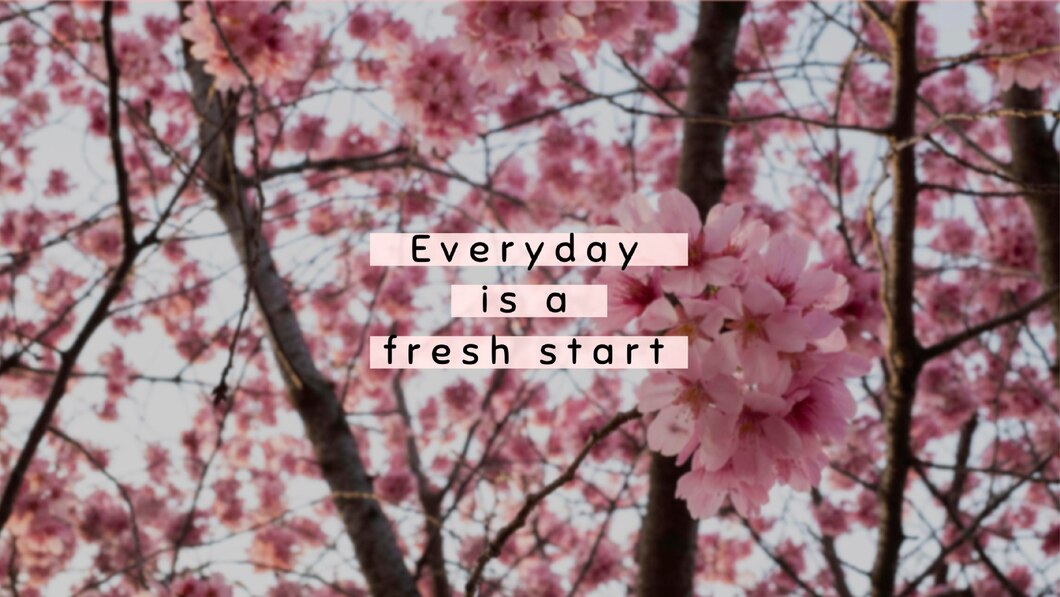
Identity after trauma: Rediscovering who you really are
When you start letting go of your pain story, here’s what happens – you finally have mental and emotional space to figure out who you actually are. Those interests you used to have? The dreams you put on hold? The parts of your personality that got buried under all that hurt? They start coming back.
Discovering who you are beyond your pain story is like meeting yourself for the first time. It’s both exciting and a little scary. Be patient with yourself during this process. Your new identity won’t take shape overnight, and that’s okay.
Here are five powerful ways to rediscover who you are beyond your pain story. You don’t need to do them all at once – pick the one that calls to you first, or work through them over the next few weeks. Think of this as your personal rediscovery toolkit.
1. Curiosity inventory: Rediscover your natural interests
Your pain story often restricts what you allow yourself to explore. It might tell you, “People like me don’t do things like that” or “I’m too broken to try something new.” This exercise helps you break free from those limitations.
How to do it:
- Set a timer for 10 minutes and write down everything you’ve ever been curious about – no matter how small or seemingly impossible.
- Include activities, subjects, experiences, places, skills, or connections.
- Don’t judge or filter your list – write down everything that sparks even a little of interest.
- Circle the items that make you feel a little nervous but excited.
- Choose one small thing from your list that you can explore this week.
Reflection questions:
- What patterns do you notice in what you’re curious about?
- Which curiosities have you been denying yourself permission to explore?
- What would be possible if you followed your natural interests without your pain story holding you back?
2. Values clarification: Discover what truly matters to you
Sometimes our values get shaped by our pain rather than our authentic selves. For example, if abandonment is part of your pain story, you might value control or independence as protection, not because they’re your true values.
How to do it:
- Review this list of common values and circle the ones that resonate with you:
Connection and relationships: Love, family, friendship, community, belonging, intimacy, collaboration, service to others.
Personal growth: Learning, wisdom, personal development, spirituality, self-awareness, growth, curiosity, discovery.
Expression and creativity: Creativity, beauty, art, self-expression, originality, innovation, imagination, aesthetics.
Achievement and impact: Success, achievement, excellence, leadership, influence, making a difference, legacy, contribution.
Freedom and adventure: Freedom, independence, adventure, travel, variety, spontaneity, flexibility, exploration.
Security and stability: Security, stability, financial stability, health, safety, comfort, predictability, order.
Integrity and purpose: Honesty, integrity, authenticity, justice, fairness, truth, purpose, meaning, faith.
Joy and fulfillment: Fun, pleasure, joy, happiness, playfulness, humor, celebration, passion, enthusiasm.
Balance and peace: Peace, harmony, balance, tranquility, mindfulness, simplicity, calm, inner peace.
- For each value that resonates, ask: “Am I drawn to this because it truly matters to me, or because it helps me avoid pain?”
- Create two columns: “Protection values” (values I adopted to feel safe) and “authentic values” (values that energize and inspire me).
- Choose 3-5 values from your “authentic values” list and write about how you could express them more in your life.
If you want to go deeper into this work, this complete guide to finding your personal values will help you identify what truly matters to you beyond what trauma taught you to prioritize.
Example:
- Protection value: “Achievement” (because it proves I’m worthy).
- Authentic value: “Creativity” (because it brings me joy regardless of the outcome).
Reflection question:
- If I wasn’t trying to protect myself from pain, what would I truly value and how would I live differently?
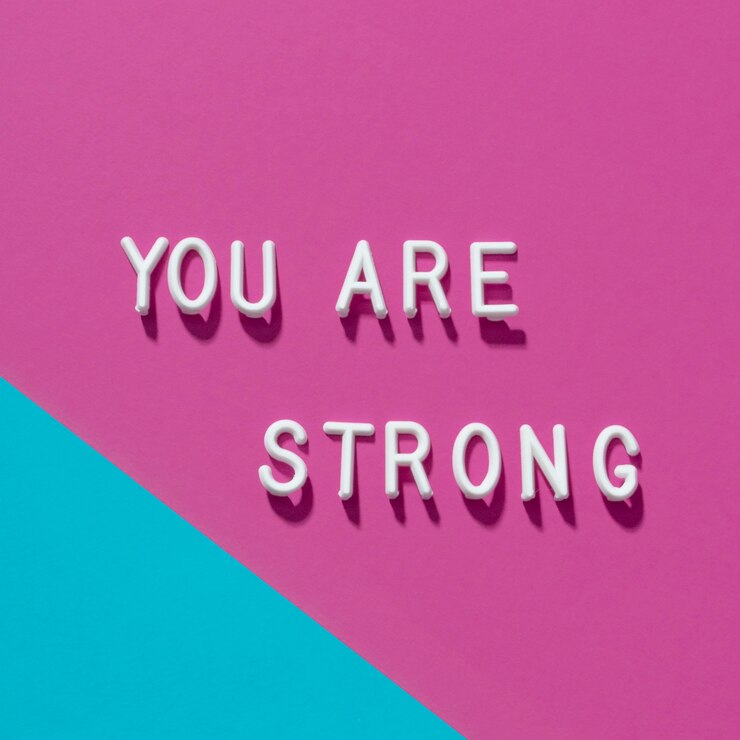
3. Joy inventory: Track what brings you alive
Your authentic self is already showing up in moments of spontaneous joy and engagement. This exercise helps you notice these moments and use them as clues to your post-pain identity.
How to do it:
For one week, carry a small notebook or use your phone to document moments when you feel genuinely alive, engaged, or joyful:
- Record what you were doing, who you were with, and how it felt in your body.
- Be specific about the elements that contributed to your positive feelings.
- At the end of the week, look for patterns in these moments. What do they tell you about what brings you alive?
Deeper exploration:
- For each joy moment, ask: “Would my pain story normally have allowed this? Or did I experience this joy despite my old narrative?”
- Notice if your moments of joy contained elements of risk, vulnerability, or letting go.
- Create a “joy recipe” based on your findings – what ingredients consistently contribute to your authentic happiness?
4. Self-discovery box: Collect pieces of your true self
This exercise helps you physically collect and display items that represent aspects of yourself beyond your pain story.
How to do it:
Find a small box, shelf, or digital collection where you can gather items. Look for objects, images, quotes, or mementos that represent:
- Strengths you’ve always had (even before your pain).
- Moments when you felt most like yourself.
- Qualities others appreciate in you that aren’t related to your struggles.
- Dreams or aspirations that excite you.
- Things that symbolize freedom from your old story.
- Arrange these items where you can see them daily.
- Add to your collection whenever you discover something new about your authentic self.
Reflection question:
- If these items in my personal museum were telling the story of who I truly am, what would that story be?
5. The alternate timeline exploration
This powerful exercise helps you imagine who you might be if your pain story hadn’t become central to your identity.
How to do it:
- Take a blank sheet of paper and draw a timeline representing your life
- Mark the point where your pain story began to significantly influence your identity
- Now, create a parallel timeline that imagines: “What if this pain had been just an event, not an identity?”
- On this alternate timeline, write or draw:
- Paths you might have explored.
- Ways you might have expressed yourself.
- Relationships you might have formed.
- How you might have approached challenges differently
- Look for elements from this alternate timeline that you can still incorporate into your life now.
Reflection question:
- What aspects of this alternate self can I reclaim and integrate into my life today, even after everything that’s happened?
Remember, discovering your post-pain identity isn’t about erasing your experiences or pretending they didn’t shape you. It’s about expanding your sense of self beyond those experiences, so they become just one chapter in your story – not the whole book.
Start with whichever exercise sparks your curiosity most – there’s no wrong way to begin meeting yourself again. Give yourself permission to explore without pressure or expectations. This exploration is not about finding the “right” identity – it’s about creating space for your authentic self to emerge naturally over time.
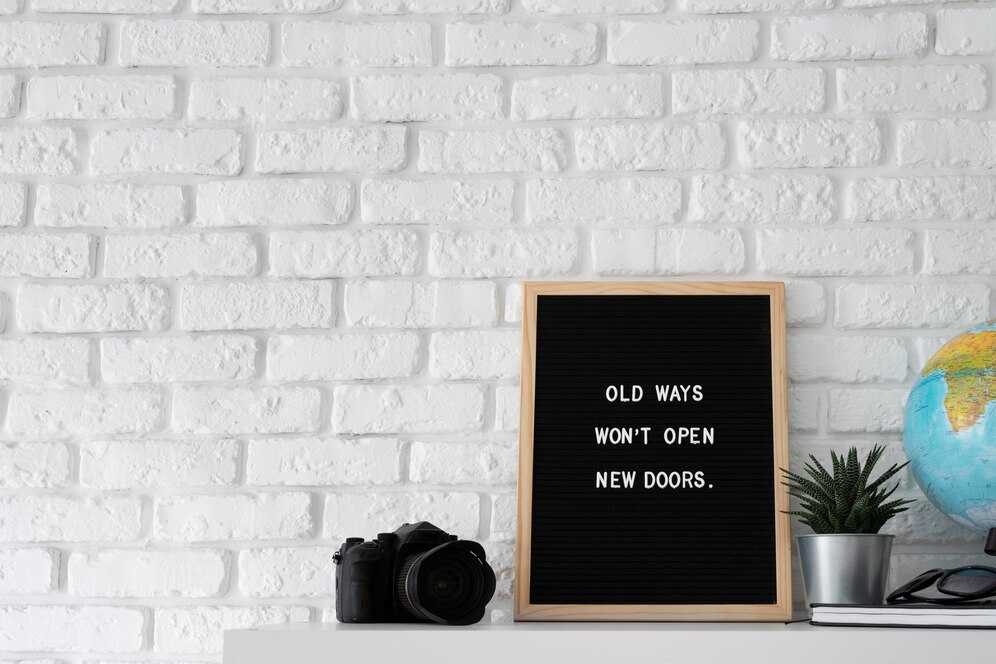
Creating new stories that empower you
As you release your pain story, you have the opportunity to consciously create new narratives about who you are. This isn’t about denial or toxic positivity – it’s about choosing stories that honor your whole truth, including your strength, resilience, and capacity for growth.
These new stories don’t ignore what happened to you, but they focus on how you responded, what you learned, and who you’re becoming as a result. They’re stories of agency rather than victimhood, possibility rather than limitation.
Examples of how to reframe your stories:
- Pain story: “I’m broken because of what happened to me.”
- Empowered story: “I’ve been through difficult experiences and they’ve made me stronger and more compassionate.”
- Pain story: “I’ll never be able to trust again after being betrayed.”
- Empowered story: “I’ve learned to trust wisely, starting with trusting myself and my ability to handle whatever comes.”
- Pain story: “I’m too damaged for anyone to love.”
- Empowered story: “My experiences have given me depth and understanding that enrich my connections with others.”
Exercise: Story rewriting
Take one pain story that has defined you and rewrite it from three perspectives:
- The survivor perspective: How did you survive or get through this?
- The growth perspective: How did this experience help you grow?
- The wisdom perspective: What understanding did you gain that you can now share with others?
Moving forward: Living beyond your pain story
Living beyond your pain story is an ongoing practice. There will be days when old narratives resurface, and that’s completely normal. The difference is that now you recognize them as old stories, not current truths. You have the power to acknowledge them and then consciously choose a different perspective.
Here are some practices to support your continued growth:
Daily check-ins: Notice when you’re slipping back into pain-based identity and gently redirect yourself.
Surround yourself with growth-minded people: Connect with others who see you as more than your past hurts.
Celebrate new experiences: Each time you do something that your pain story would have prevented, celebrate it as evidence of your evolution.
Practice self-compassion: Be gentle with yourself on harder days. Remember that healing isn’t linear.
Create evidence: Keep a journal of moments when you embody your new identity, creating proof of who you’re becoming.
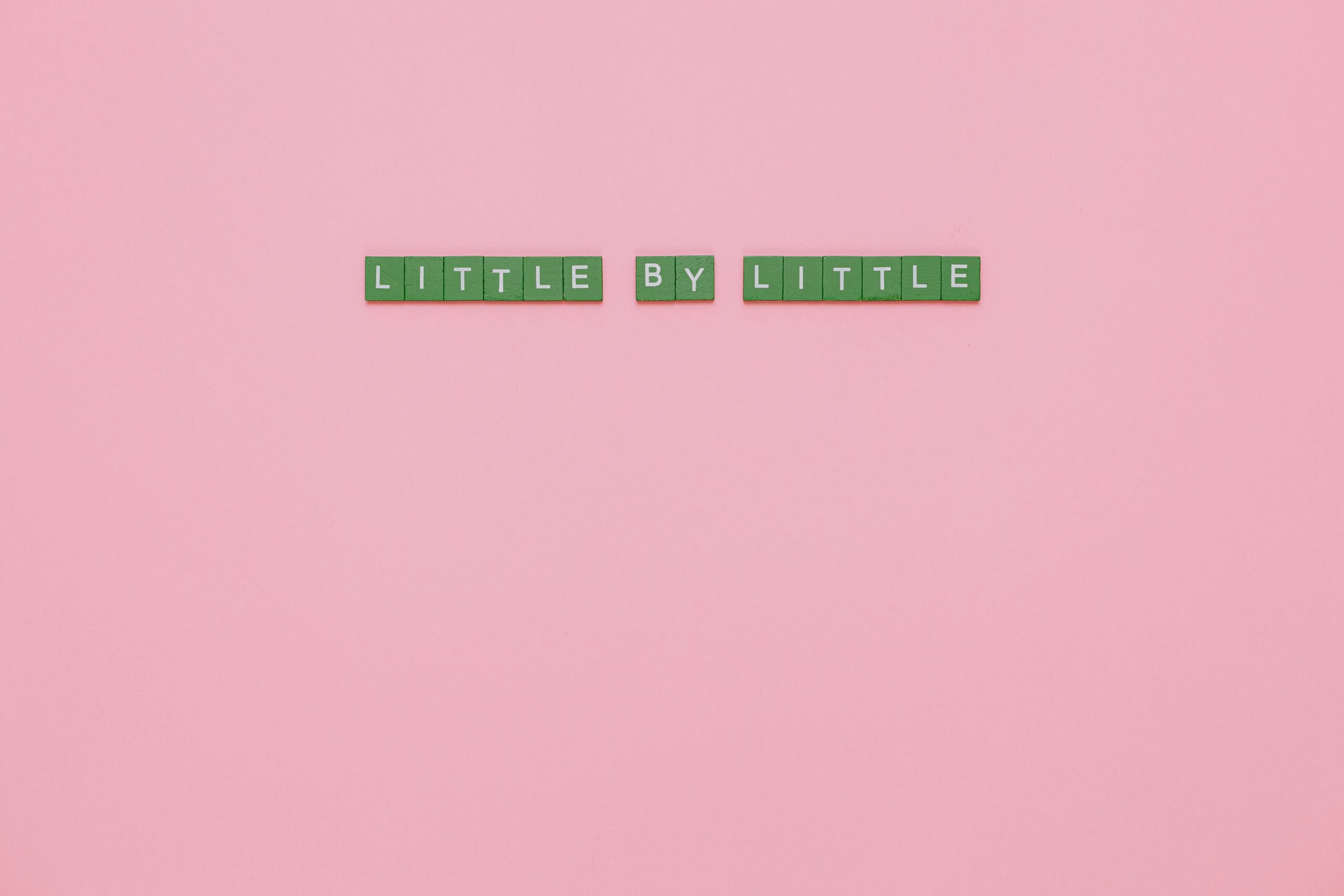
Your new story begins now
Your pain story helped you make sense of difficult experiences. It may have protected you, connected you to others, or explained why certain things were challenging. But it doesn’t have to define you forever.
You are so much more than what happened to you. You are your resilience. Your courage. Your capacity for joy and growth. You are the wisdom you’ve gained and the compassion you’ve developed. You are your dreams for the future and your presence in each moment.
Releasing your pain story doesn’t mean forgetting your past. It means refusing to let that past control your future. It means reclaiming your power to define yourself on your own terms.
Ready to discover who you are beyond your pain story? Creating lasting change requires more than insight – it requires structured practice. Personal growth workbooks provide the daily framework that transforms understanding into real transformation.
Our Self-love bundle provides the guidance, exercises, and support you need to release old narratives and create a new identity based on worth, strength, and possibility:
- Letting go helps you understand what’s holding you back and release emotional attachments to the past
- Self-compassion teaches you to heal self-blame, guilt, and inner criticism with kindness
- Self-love foundations guides you through shifting self-judgment and building a completely new relationship with yourself
- Daily self-love rituals helps you stop making everyone else more important than you and build empowering daily patterns
Each workbook takes you through a structured 30-day journey of transformation, with practical daily challenges, deep journaling prompts, and proven techniques that help you break free from pain-based identity.


